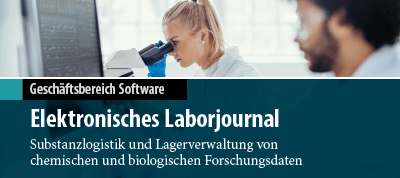Uses and Examples
The following use cases and examples demonstrate CDF's capabilities. Beside CDFs which were deployed as presentation or textbook you can explore use cases which focus on CDF's interactivity.
Textbooks
Textbooks
Pearson's Calculus: Early Transcendentals received the 2011 Textbook Excellence Award for its CDF-enhanced ebook.
Text and interactive examples are composed in the same environment without needing specialized programming expertise. Readers are able to interact with mathematical concepts and interactive figures are recalculated as readers change parameters.
A sample chapter can be downloaded as PDF or CDF from the publisher Pearson Higher Education. In Pearson's "My Mathlab" project the eBook is integrated into the learning management system.
Presentation
Presentation
The presentation deals with the estimation of the gulf oil spill. It consists of text, graphics, formatted math, and interactive elements combined in one document.
The area and volume of the oil slick can be computed in real time by using integrated image-processing functionality. The estimation can be finetuned by adjusting the thresholding parameter and the thickness.
The filtered image can be compard to the original by dragging the bar across the photo.
Radial Engine
Radial Engine
This demonstration shows a working model of a 4-stroke radial engine. Unlike a straight cylinder engine, the cylinders are connected to the crankshaft using a single hub with a master-and-articulating rods assembly. This engine configuration was very popular in WWII aircraft. For smooth firing order, most 4-stroke radial engines have an odd number of cylinders.
Contributed by: Yu-Sung Chang
Fermat's Magic Cube
Fermat's Magic Cube
In 1640, Pierre de Fermat sent a letter to Marin Mersenne about an order-4 magic cube with 64 magic sums out of 76 possible. In a perfect magic cube the rows, columns, pillars, space diagonals, and the diagonals of each n×n orthogonal slice sum to the same number. For the order-4 case, numbers 1 to 64 are required. In 1972, Richard Schroeppel proved that a perfect order-4 magic cube was impossible.
In 2004, Walter Trump found an order-4 cube with eight more lines that summed to 130.
Contributed by: Ed Pegg Jr
Catacaustics Generated by a Point Source
Catacaustics Generated by a Point Source
Rays from a point source reflect in curve ("mirror") and the corresponding catacaustic is plotted. The catacaustic is the envelope of the reflected lines. Click in the graphic to change the location of the light source.
(Rays from the source are a pale, translucent yellow; reflected lines are white.)
Contributed by: Michael Rogers (Oxford College of Emory University)





















